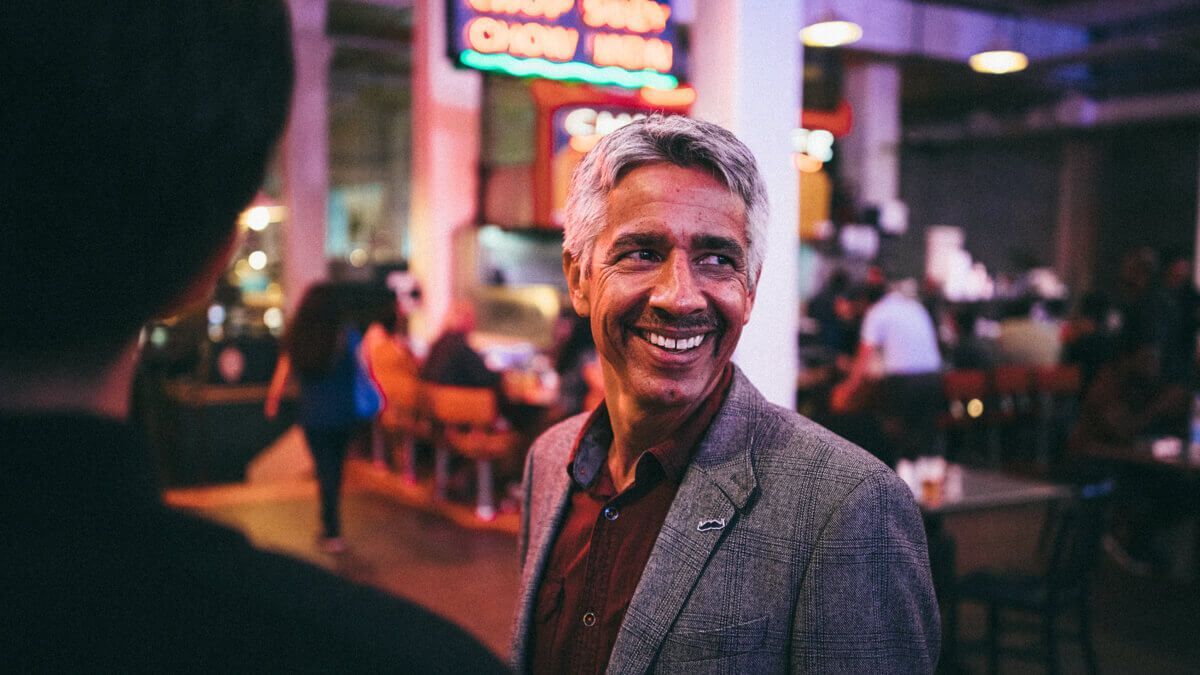Treatments
Prostate cancer often grows very slowly, which means plenty of men never need treatment. If your cancer is low risk, not causing any problems and isn’t growing quickly, active surveillance for prostate cancer can be a good option.
What is active surveillance for prostate cancer?
Active surveillance involves your doctor keeping a close eye on the prostate cancer without putting you through aggressive treatment. You’ll visit your doctor for regular checks and tests. This is usually every six months although it can be more or less frequent, depending on what your doctor advises.
How is prostate cancer monitored on active surveillance?
Through regular testing, doctors look out for cancer growth and symptoms. Depending on your doctor or care team's guidance, here are some tests to expect.
PSA tests to regularly monitor your blood prostate specific antigen (PSA) levels.
Digital rectal exam (DRE)
Magnetic resonance imaging (MRI) scan
Prostate biopsy (taking samples of prostate tissue)
You may also have other blood and urine tests, but your doctor or care team will speak with you about your plan.
Is active surveillance for prostate cancer right for me?
Doctors look at a number of factors to determine if active surveillance is suitable for you, including your:
PSA levels.
Cancer type (active surveillance can be suitable for men with low-risk, localized prostate cancer).
Age and current health (being younger, with a good level of health and fitness, may help the case for going on active surveillance).
After carefully reviewing all factors, your doctor or care team will tell you if they recommend active surveillance. If you're a good candidate, the goal will be to keep an eye on cancer growth and catch any problems early. This approach helps you avoid treatment you may not need at the moment.
However, if the cancer turns out to be more aggressive than your team first thought, they may recommend moving from active surveillance to treatment.
Do I need more active treatment?
If at some point tests indicate that the cancer needs more aggressive treatment, your doctor will discuss your treatment options with you. General treatment options may include surgery or radiation therapy (radiotherapy) with hormone therapy, or possibly even newer treatments. The best path forward will depend on your type of cancer, current health, and other factors.
Is active surveillance different from watchful waiting?
You may have heard that they're the same, but active surveillance differs from watchful waiting in at least 3 ways:
Active surveillance involves regular check-ups with your doctor to monitor your PSA and check for signs of cancer growth. If your PSA levels rise, and other testing confirms that the cancer is growing, your doctor will discuss further treatment options.
If at some point you decide to get further treatment after active surveillance, the goal will be to cure the cancer and manage symptoms.
Active surveillance is mostly suitable for men with localized prostate cancer, whereas watchful waiting may be suitable for localized, locally advanced, and advanced prostate cancer.
Are there side effects to active surveillance?
Prostate cancer active surveillance does not cause physical side effects. However, alert your care team if you begin to experience these issues:
Urinary problems (like trouble controlling your urine flow)
Fatigue or extreme tiredness
These issues could be signs that the cancer is growing and may need further treatment. Your team will work with you to monitor health problems, along with your PSA, to determine if active surveillance is still the best option.
While on active surveillance, you might also have prostate biopsies, where tissue is taken from the prostate and examined further for cancer. The biopsy can cause some side effects, but they should be manageable.
Managing stress or anxiety on active surveillance
For some men, active surveillance for prostate cancer is the best option, but it doesn’t come without stresses or worries. For many men, just knowing that the cancer is there can be tough, and it might weigh heavily on their minds. Even if your PSA tests and biopsies show that the cancer is staying under control, you might get anxious about receiving your next result.
Having concerns is normal
Understand that being anxious or worried about prostate cancer active surveillance is normal. But remember, doctors only recommend active surveillance when the cancer is growing slowly and doesn’t need aggressive treatment right away. This also avoids problems that other treatments can bring.
Still, if you’re concerned about this path, that’s OK. Talk to your doctor or care team about any questions you have. It’s also completely fine if you’d like to seek a second opinion and talk to another doctor about your thoughts and questions.
A healthy lifestyle is key
Maintaining a healthy lifestyle is very important and has been shown to slow prostate cancer from growing. Take some time to look through our healthy eating and exercise tips for small steps that make a big difference.
